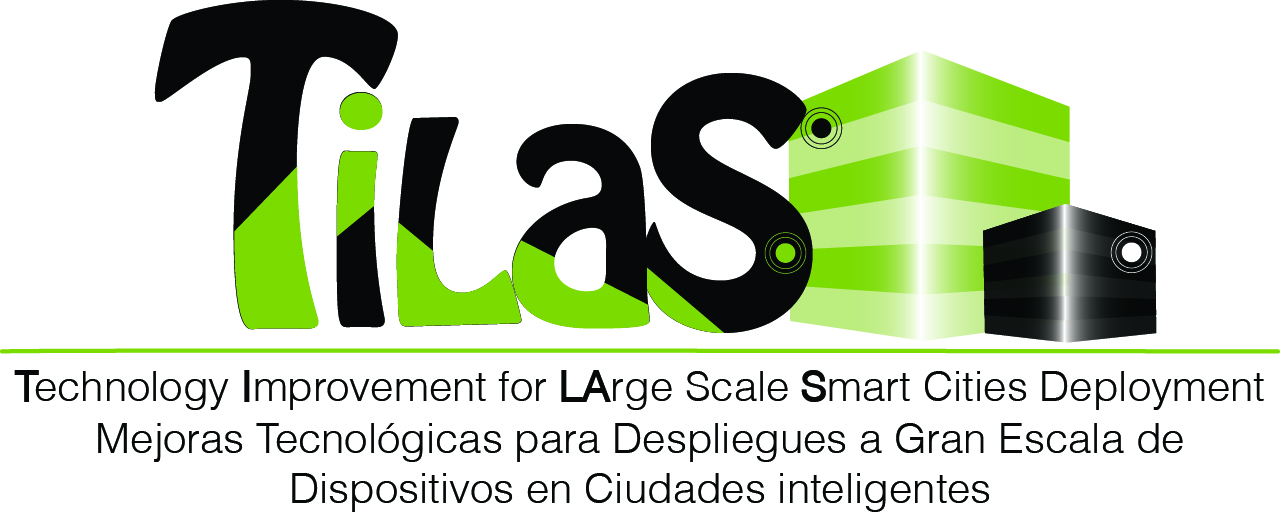Technology Improvements for Large Scale Smart Cities Deployments

Abstract
Internet of Things (IoT) and Smart City concepts are growing in penetration in many cities across Europe in recent years. This concept evolves from traditional wireless sensor networks but the main differences are the amount of deployed devices and thus, the way that they should manage. The differences between experimental deployments and large scale ones have raised several unexpected problems that must be addressed so as to receive and process properly the big amount of data generated by the devices deployed. The main objective of the project is to exploit the initial outcomes of different Smart City related projects with an associated large-scale IoT test-bed deployment.
These new challenges and needs requires for specific solutions addressing the leaks detected so far. Within the framework of TILAS project several topics will be studied thus proposing solutions beyond the state of the art so as to solve the target problems. The solutions that will propose cover, the development of effective cloud services able to handle the amount of data generated in such deployments; a common middleware aiming at the efficient delivery and exchange of data between devices and servers, routing protocols, the size of the wireless sensor networks (capillary) requires of new and optimized routing protocol including security features for multi-hop and broadcast mechanisms so as to prevent attacks, adoption of effective device management procedures adapted to ETSI architecture, including OTAP and MOTAP; the integration of heterogeneous technologies, and finally the development of packaging solutions integrated into the city reducing visual effect without affecting to radiating elements characteristics.



